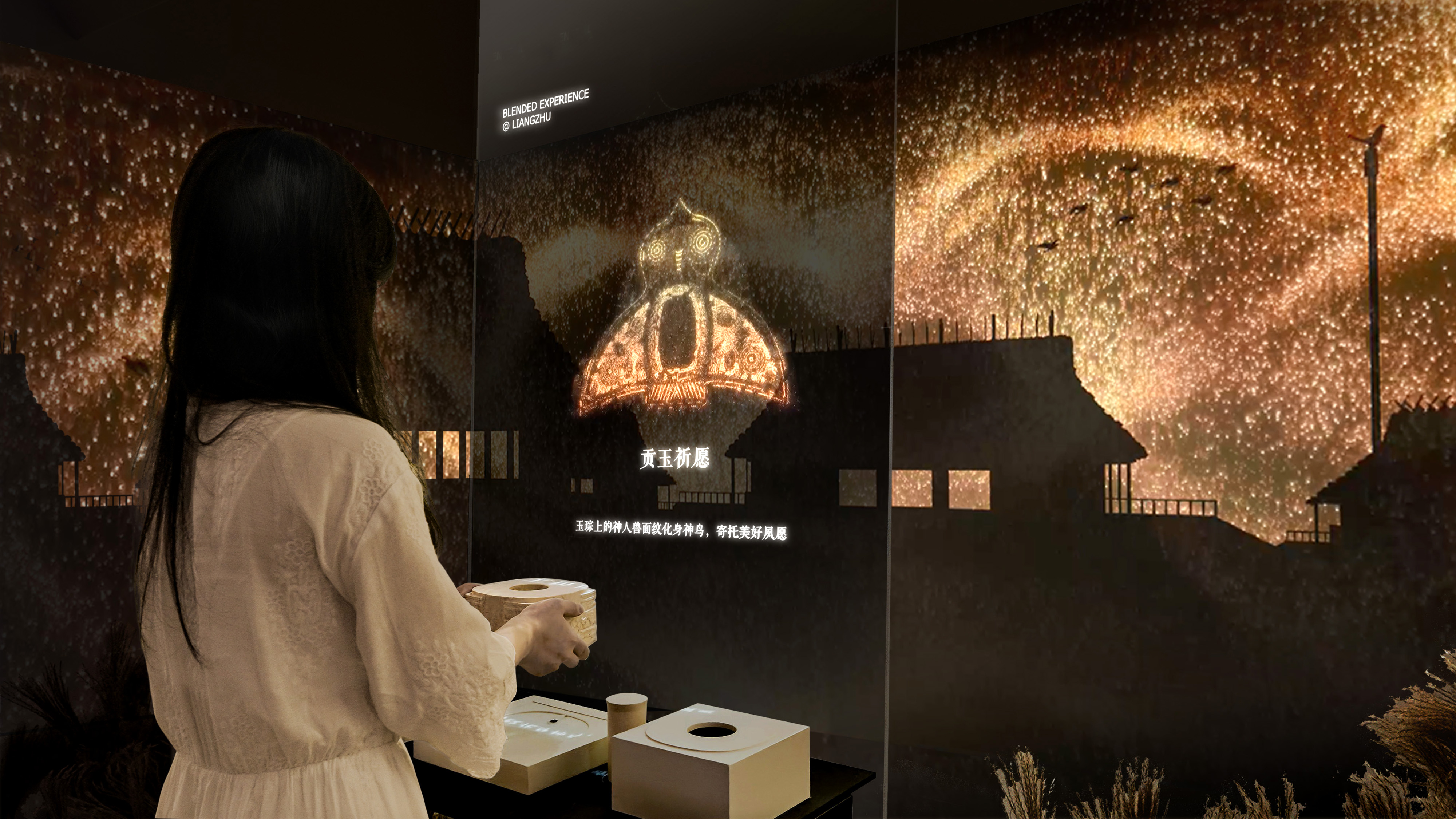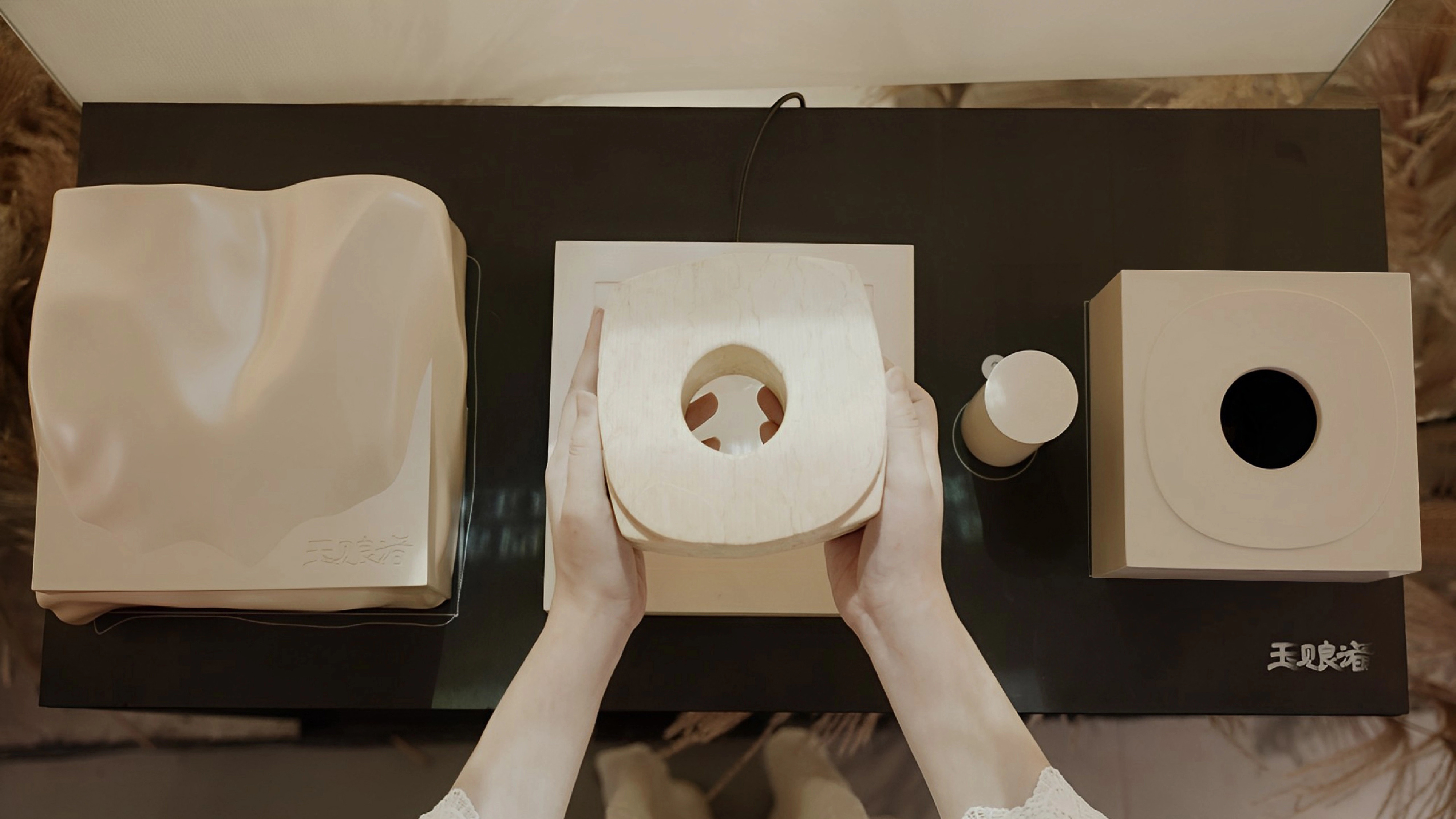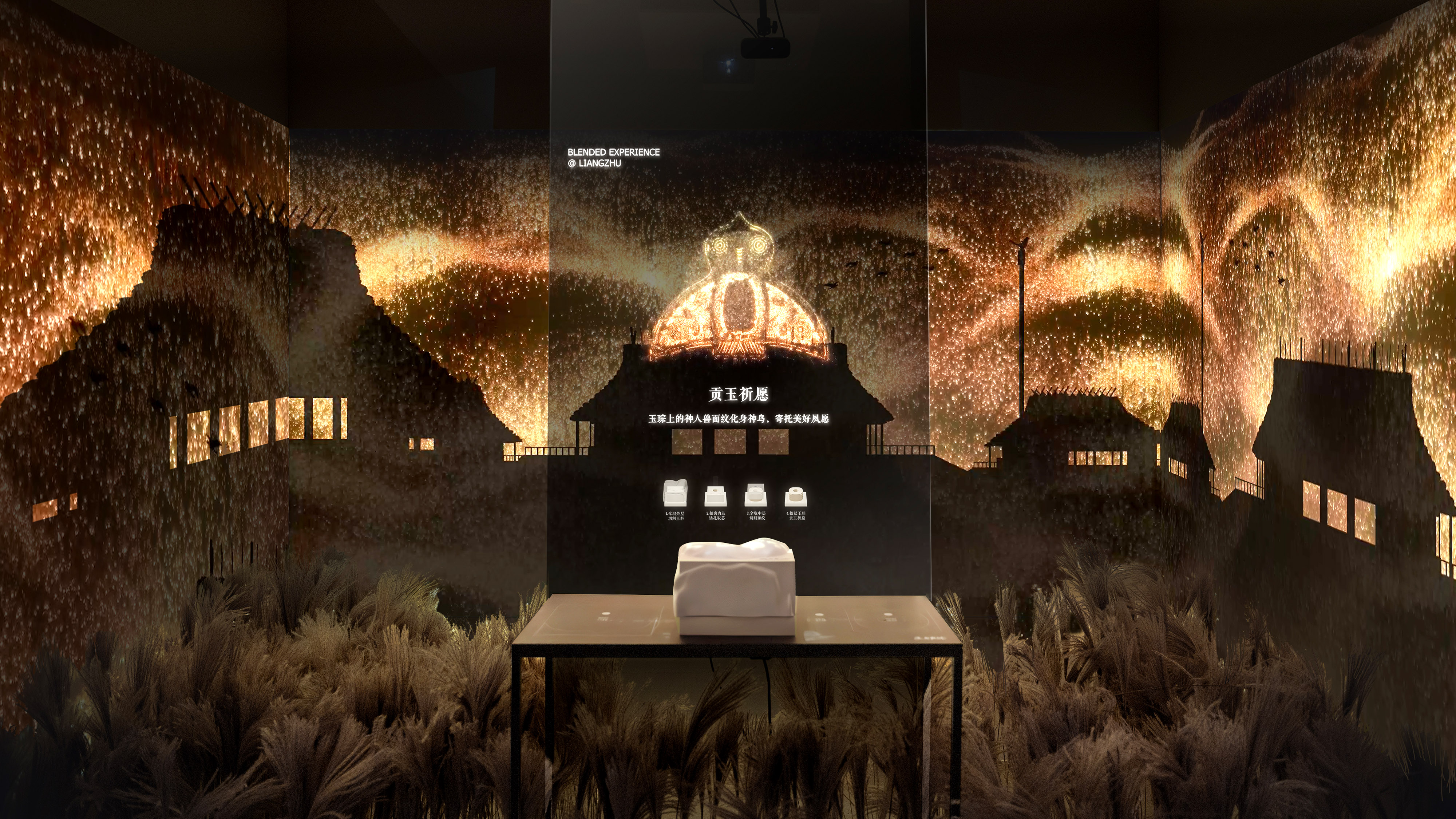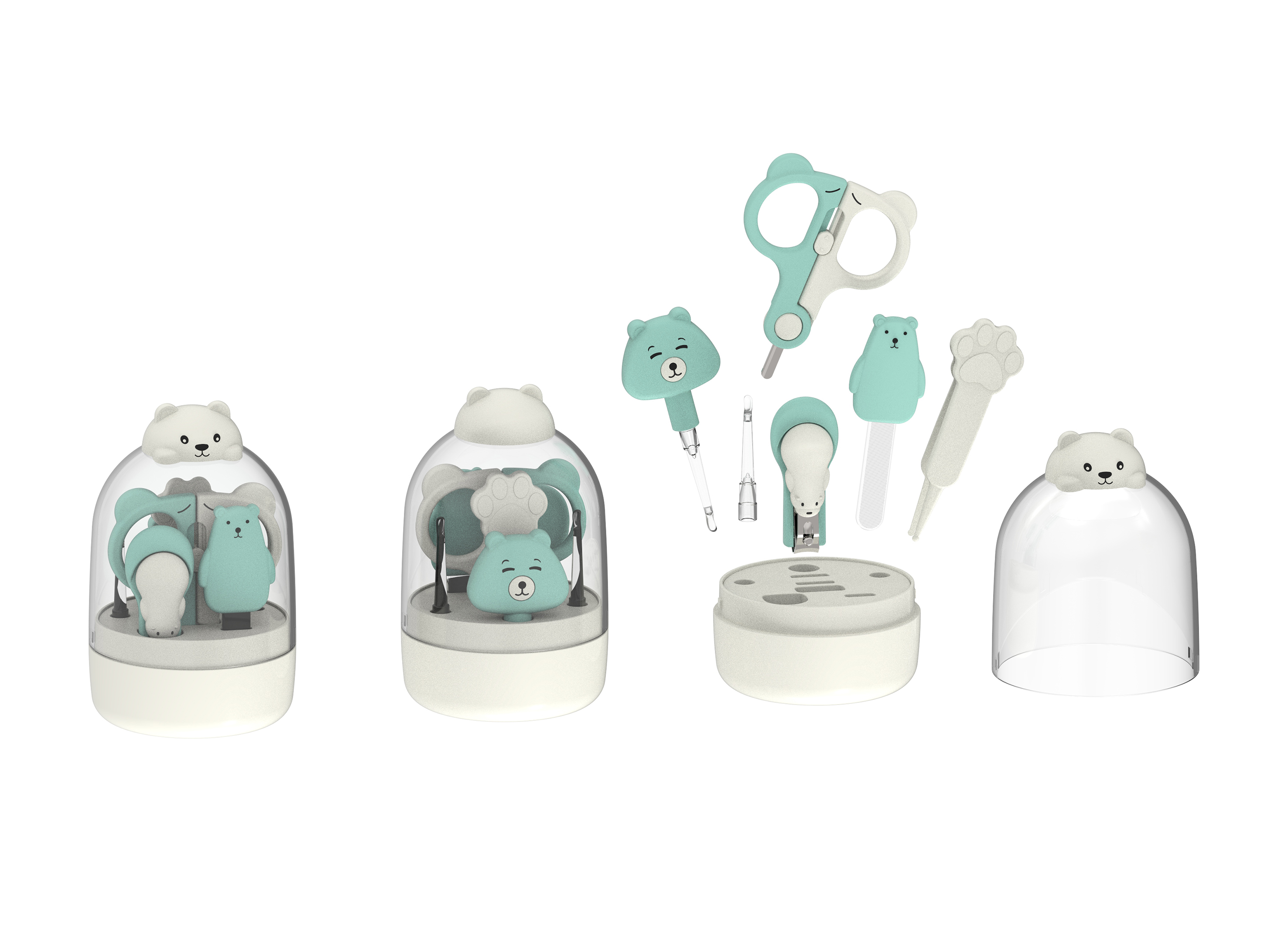Blended Experience Terminal and System of Archaeological Ruins of Liangzhu City
Brand Name:中国美术学院
Design Company Name:中国美术学院
Nationality / Region:China

Entry ID:2025-07-5505039
Entry Category:Product_Group
Categories:Future Scenario
Introduction
It’s a modularized intelligent blended experience terminal and system developed to alleviate the problem of "tourists cannot seeing/perceiving historical and cultural relics" at Archaeological Ruins of Liangzhu City. The tourists can obtain the cultural experience during active exploration with multi-modal perception and natural interaction rather than passive acceptance, and discover its cultural charms through TUI interaction mode to blend virtual scene on real display.Through using blended experience service system, the sites can be transformed into a cultural story that tourists can understand easily and touch, realizing the effective revitalization and dissemination of traditional culture. It has been put into use in Archaeological Ruins of Liangzhu City now, which has been highly recognized by the industry experts and reported by more than 130 authoritative media in China, and has reached the intention of cooperation with over 20 archaeological sites parks.The main problem to Archaeological Ruins of Liangzhu City is few relics remain, and the display of the relics is generally based on text, pictures and other information, resulting in great difficulties for tourists to understand its culture. How to enhance the enthusiasm of tourists, obtain a richer cultural experience during active exploration, and establish cultural identity are the main questions to be resolved, which is also the starting point of our design. It’s a modularized intelligent blended experience terminal and system developed to alleviate the problem of "tourists cannot seeing/perceiving historical and cultural relics" at Archaeological Ruins of Liangzhu City. It’s the first product in the market. There are 3 main innovations: (1)Interaction Mode. Taking the replicas of historical artifacts as a controller, the TUI as the interaction mode, tourists immersed in the site can perceive the cultural and historical scenes through the blended image between real and virtual scene on transparent screen. (2)Interaction Terminal. With the replica of historical artifacts as the control terminal, by simulating the real material, texture and weight of Liangzhu's representative cultural relics "the King of Cong", the tourists can feel the real artifacts that used to exist only in museums during interaction. (3)Content Display. The use of real scene blended with virtual image on the transparent screen make tourists touching historical artifacts, perception of historical and cultural scenes, understanding of history and culture in the multi-sensory experience. It constructs a new way of blended experience to tourists, and a feasible solutions for the exploration of the experience design practice in the site park, which add a new perspective for the study of cultural heritage dissemination and influence, and has positive social significance for the systematic design innovation to promote the digitalization and experiential transformation of cultural tourism industry.Different from the passive experience of tourists in archaeological site parks in the past, on the one hand, this product allows tourists to interact actively, Blended experience of multi-modal perception of 5000-year-ago Liangzhu jade culture will increase the sense of participation; on the other hand, taking the "King of Cong" as a control terminal, TUI as a mode of interaction, and a transparent screen as a mixed presentation carrier, this design can allow tourists of any age to be easily used without the threshold. It will increase the initiative for the exploration of the culture of Liangzhu, so as to build up a mutual emotional melding of the cultural heritage and the tourists.The experience terminal is composed of a jade cong experiential carrier, multiple sensors, and a transparent interactive screen. Its form is inspired by the "the King of Cong" , the most iconic artifact from the Liangzhu culture. It invites tourists to interact with the jade cong as a medium, using various sensors and the transparent interactive screen to simulate the tactile sensations of the cong's material, weight, and texture. This allows them to experience the four main stages of jade crafting-cutting the raw material, drilling, carving, and usage-closely mimicking the traditional process.





